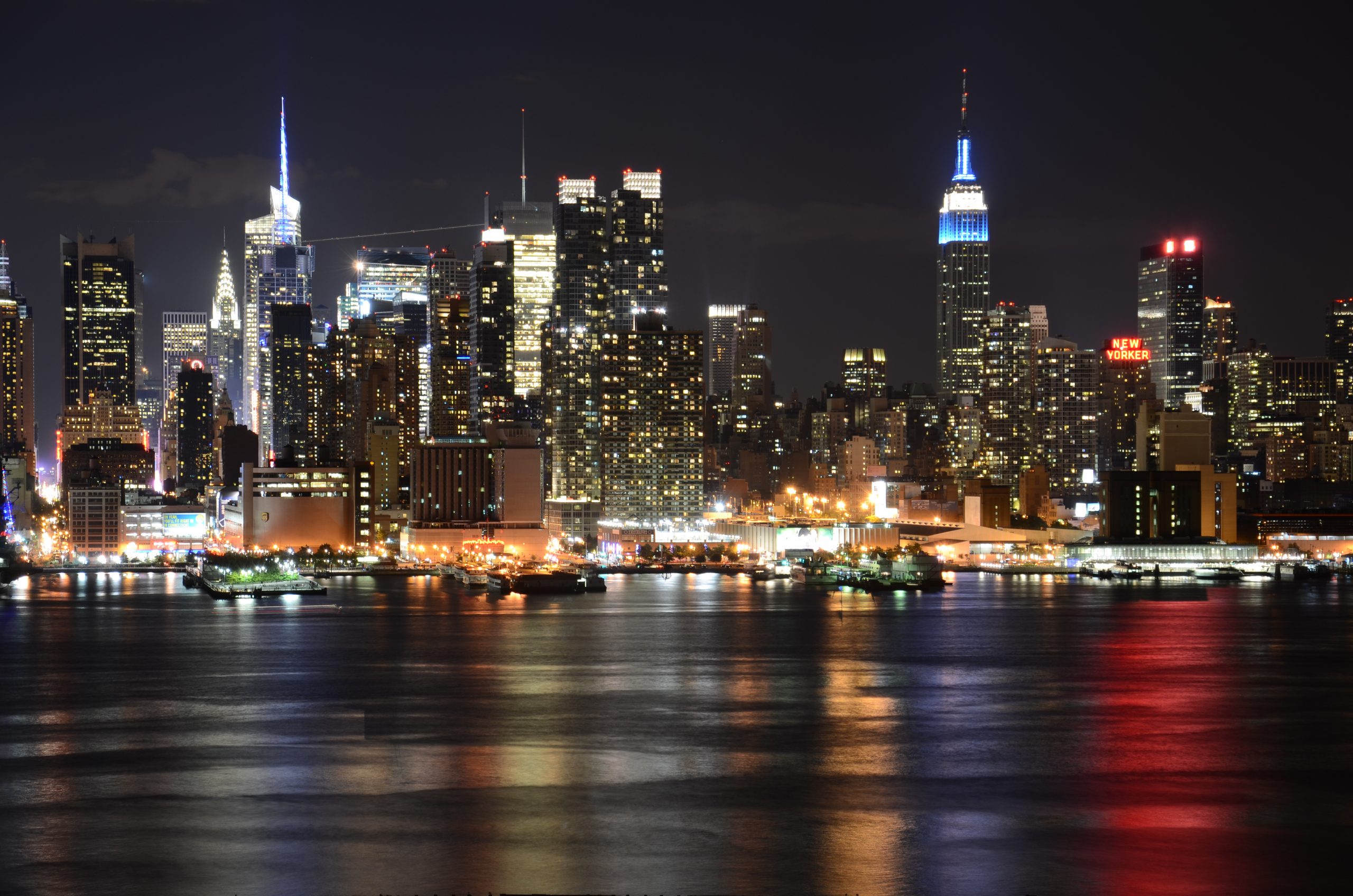In the wake of a global shift towards remote work, the once-bustling downtown office buildings stand as quiet sentinels to a rapidly changing work culture. This seismic shift in work habits has not only altered the daily commute for millions but also left a notable mark on urban landscapes, with increasing vacancies in office spaces becoming a common sight in city centers. This article aims to peel back the layers of this transformation, exploring how the repurposing of vacant office space could be the key to revitalizing our cities, offering a beacon of hope and innovation in the face of change.
Background and Current Trends
The concept of the office has undergone significant evolution over the past century, from compartmentalized cubicles designed to maximize efficiency, to open-plan offices that foster collaboration. Yet, the unforeseen global events of recent years have accelerated a transition to remote work, challenging the very necessity of physical office spaces. Cities like San Francisco and New York, once the epitome of corporate hustle, now report a noticeable uptick in vacant office spaces. The latest data suggests a doubling in office-to-residential conversion projects, spurred by enticing incentives from state and local governments aimed at addressing this urban conundrum. This trend underscores a pivotal moment in reimagining urban space utilization, prompting a reevaluation of how we can best adapt these structures for the post-pandemic world.
Repurposing Strategies: Advantages, Challenges, and Examples

Photo 184665819 | Downtown Los Angeles © Debbie Eckert | Dreamstime.com
Economic and Social Impacts
The economic and social ramifications of repurposing vacant office space extend far beyond the immediate benefits to investors and developers. By transforming unused buildings into multifamily housing, communities gain valuable residential units, helping to alleviate urban housing crises. Vertical farms within city limits can reduce food deserts and lower the carbon footprint associated with transporting produce. Converting office spaces into medical facilities not only meets the growing demand for healthcare services but also brings high-quality jobs into city centers. These projects can serve as catalysts for broader urban renewal, attracting additional investment and revitalizing surrounding areas, thereby enhancing the overall quality of life for city dwellers.
Case Studies Highlights
To illustrate the transformative potential of repurposing strategies, consider the conversion of a former office tower in downtown Los Angeles into a mixed-use development featuring residential units, retail spaces, and green areas. This project not only provided much-needed housing but also revitalized a previously underutilized area of the city, bringing new businesses and community services to the neighborhood. Another example is the transformation of a vacant office building in Brooklyn, New York, into a vertical farming hub that now supplies fresh produce to local markets and restaurants, showcasing the viability of urban agriculture.
Expert Insights and Future Outlook
Experts in commercial real estate and urban planning emphasize the necessity of flexibility, creativity, and collaboration in repurposing vacant office spaces. They point to the importance of adaptive reuse policies that allow for a wide range of uses, from residential to industrial, and the need for innovative design approaches that can accommodate the unique challenges of converting office buildings. Looking forward, the integration of smart technologies and sustainable building practices is expected to play a crucial role in the next wave of repurposing projects, further enhancing their appeal to investors, tenants, and communities alike.
As we navigate the complexities of today's urban landscapes, the repurposing of vacant office space stands out as a beacon of innovation and resilience. These projects not only address immediate challenges but also pave the way for sustainable urban development, enriching our cities in myriad ways. For those considering an investment in commercial real estate, the opportunities are ripe with potential, but they also require careful consideration and expert guidance. By consulting with seasoned professionals, investors can navigate the risks and rewards of repurposing projects, contributing to the vibrant future of our urban centers.
Brion Costa, CCIM
Century 21, Commercial
626-695-7385
DRE#: 00939864


